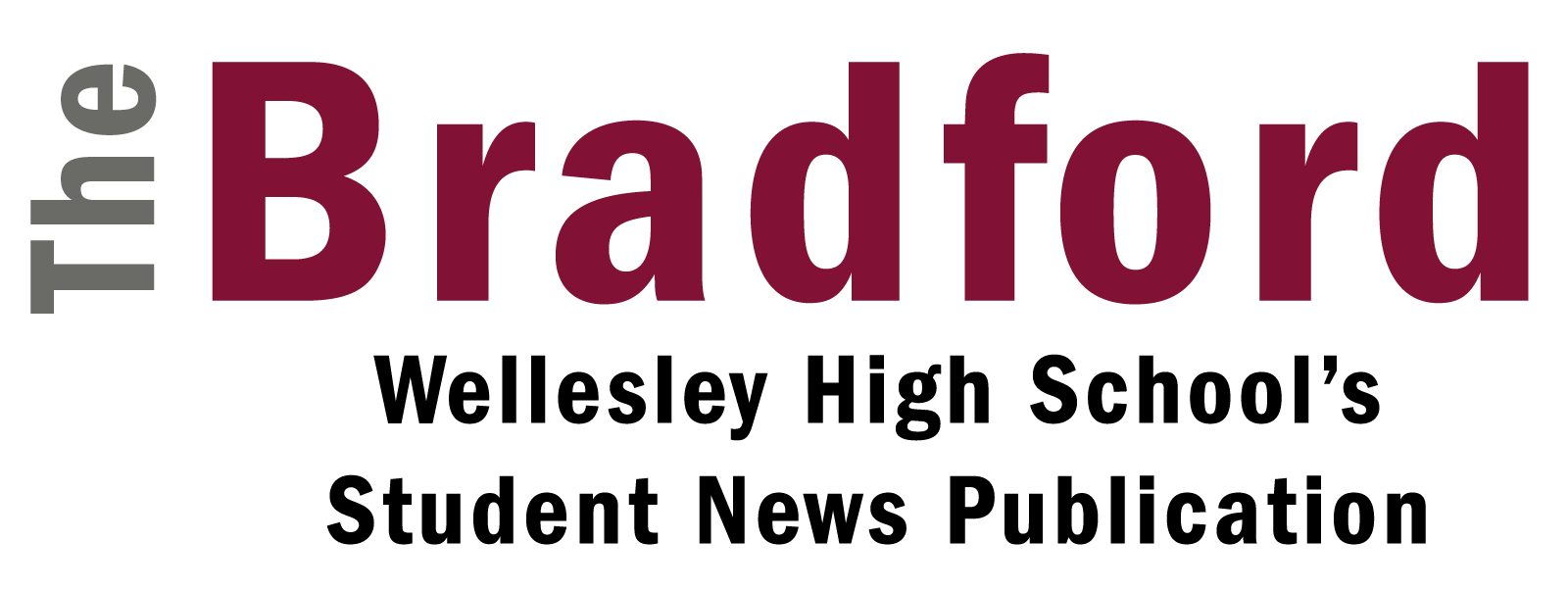For most Wellesley Public Schools students, foreign language instruction begins in the 7th grade. In this sector, Wellesley is lagging. According to the U.S. Committee on Economic Development, “21 of the top 25 industrialized countries begin the study of world languages in grades K-5, while the majority of U.S. students begin studying a second language at age 14”. In Europe, meanwhile, 80% of students are bilingual. The benefits of bilingualism, and proficiency in the second language, greatly outweigh the disadvantages.
Foreign language instruction should begin earlier as it enhances children’s cognitive development. According to Therese Sullivan Caccavale, president of the National Network for Early Language Learning, “Children who learn a foreign language beginning in early childhood demonstrate certain cognitive advantages over children who do not. Research conducted in Canada with young children shows that those who are bilingual develop the concept of “object permanence” at an earlier age.” For example, an apple is the same object and has the same purpose, whether it is said as apple in English or manzana in Spanish. While it may be a concern to parents and administrators that students get confused between the two languages, mixing between two languages is a sign of proficiency and is seen in bilingual people. Additional positive results of early foreign language immersion include increased critical thinking skills, creativity, and problem solving skills.
While foreign language study could detract time away from other critical classroom studies, such as mathematics and English, students who are learning a second language outperform students who do not take a second language on mathematics standardized tests. When taking a second language, children significantly improve their cognitive problem solving skills, which helps them understand and apply math concepts. Additionally, the instruction in a foreign language is an interdisciplinary endeavor. Children are able to find connections between their native language and their second language. Learning the second language supports a student’s understanding of their first language.
Another added benefit of bilingualism for young children is the global awareness that comes from studying another language. Studying another language exposes to children to a different culture and promotes an understanding of another country and its people. With this augmented global awareness and proficiency in a second language comes more avenues for opportunities in school and in jobs. Even though children have a long time until they have a career, not preparing them for a world that is changing and globalizing is an injustice.
With these benefits, it is about time that Wellesley implements a program in the elementary schools that provides foreign language instruction. The World Languages Program, that will be implemented in the fall, will teach students in the elementary students Spanish. However, in the future, the World Languages Program should expand to include all of the languages taught at the middle school and high school. Learning a second language increases cognitive skills, helps students understand their first language better, raises test scores, enhance global awareness, and connects students to their heritage. It is never too early to teach children a valuable, real world skill.
(Bryanna Guarnieri ’16, Outgoing Arts Editor)
